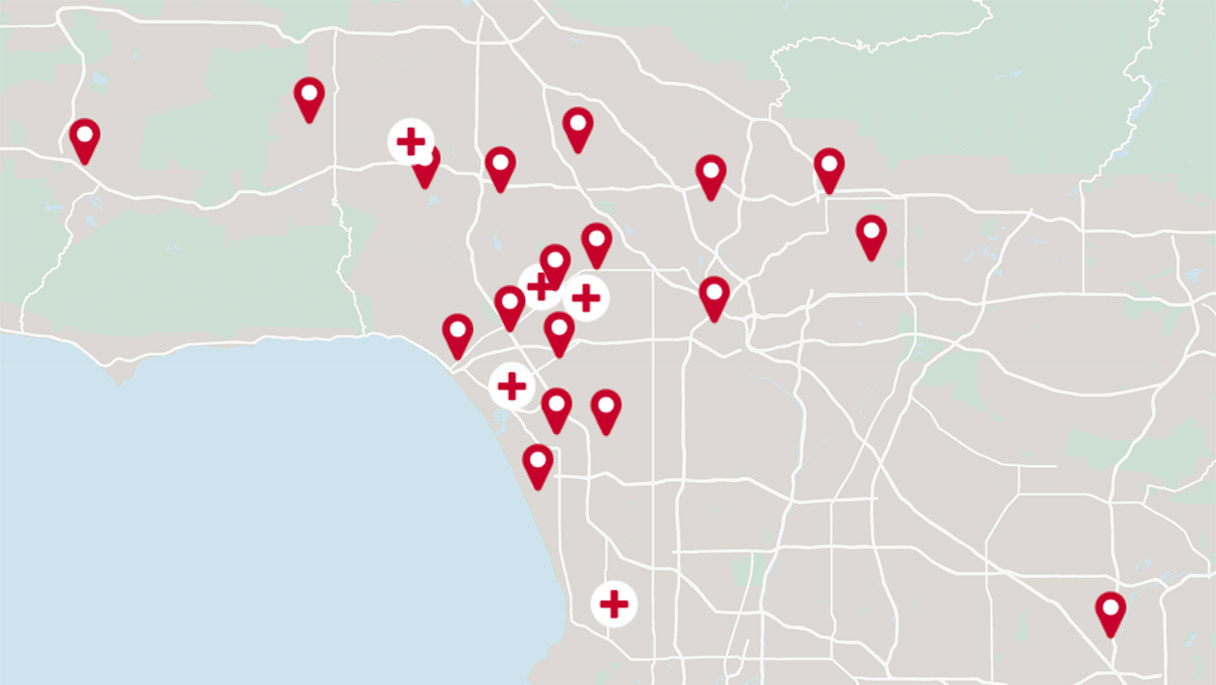Hypersensitivity Pneumonitis
Overview
Hypersensitivity pneumonitis is an allergic reaction that causes inflammation (swelling and tenderness) in and around the air sacs (alveoli) of the lungs and the smallest airways (bronchioles).
Dust, tiny organisms or chemicals can cause the allergic reaction. Not everyone exposed to these materials develops an allergic reaction. It usually takes exposure to large amounts of these materials (allergens) frequently over a period of time before a sensitivity and reaction develop. Only a small percentage of those who develop allergic reactions suffer permanent damage to the lungs.
In the most serious cases the combination of the allergic reaction and the immune system's reactions can cause lung damage. With more and more exposure, the immune system reacts against the allergic reaction, causing chronic inflammation. The inflammation is a result of white blood cells building up in the walls of the alveoli and bronchioles. As the buildup increases, symptoms increase and damage to the lungs grows.
Symptoms
Once a person has developed hypersensitivity to a material or organism, he or she may experience symptoms the next time exposure occurs.
These symptoms usually develop in four to eight hours and include:
- Fever
- Cough
- Chills
- Shortness of breath
The symptoms usually clear up in a day or two if there is no more exposure to the reaction-causing material. Complete recovery, however, may take weeks.
In one form of hypersensitivity pneumonitis, a cough and shortness of breath may take days or weeks to develop and be so severe that the person needs to be hospitalized. If a person is repeatedly in contact with an allergen over months or years, the lungs may become scarred (fibrosis). Symptoms in this case may include shortness of breath during exercise, coughing up of sputum, tiredness and a gradual weight loss. Eventually, respiratory failure can occur.
Causes and Risk Factors
Many types of dust, organisms or chemicals can cause allergic reactions in the lungs, including:
- Heat-loving bacteria in moldy hay
- Contamination in humidifiers or air conditions (especially large systems in office buildings)
- Chemicals, such as urethanes (isocyanates)
- Wood dust
- Droppings from poultry or other birds.
- Chemicals used in making polyrethane foam, molding, insulation, synthetic rubber and packaging materials.
- Materials found in certain types of farming or food production or processing, including mushroom compost, moldy cork, infected maple bark, moldy barley or malt, cheese mold, sugar cane, unroasted coffee beans or weevil-infested wheat flour
Diagnosis
Diagnosing hypersensitivity pneumonitis depends on the symptoms, identifying (if possible) the cause of the reaction and showing the person's exposure to the suspected agent.
In addition to a physical examination a doctor may order the following tests:
- Blood test to see if antibodies are present showing an immune system response to an allergen
- Chest X-ray. In some cases, an abnormal finding on an X-ray done for another reason may uncover the lung damage caused by hypersensitivity pneumonitis.
- Tests to measure the lungs' ability to hold and move air and to exchange oxygen and carbon dioxide
If the diagnosis is unclear or an infection is suspected, doctors may do a biopsy. This involves looking at a small piece of lung tissue under a microscope. The tissue can be removed during a bronchoscopy, when the lungs are being checked through a scope in the lungs. Sometimes during a bronchoscopy, the lung may be washed out with fluid that carries away cells. This fluid can be looked at under a microscope.
Treatment
After an acute episode of hypersensitivity pneumonitis, a person can usually recover without treatment if he or she has no more contact with the allergen. In serious cases, it may be necessary to use corticosteroids, such as prednisone, to lessen the symptoms and reduce inflammation in the lungs. If episodes go on for a long period of time or come back often, a person may suffer permanent lung damage and growing difficulty with breathing (dyspnea).
Prevention
Avoiding exposure to dust or chemicals is important. If a person cannot change jobs, he or she should wear a protective masks and work in a well-ventilated place, if possible.
Get the care you need from world-class medical providers working with advanced technology.
Cedars-Sinai has a range of comprehensive treatment options.


